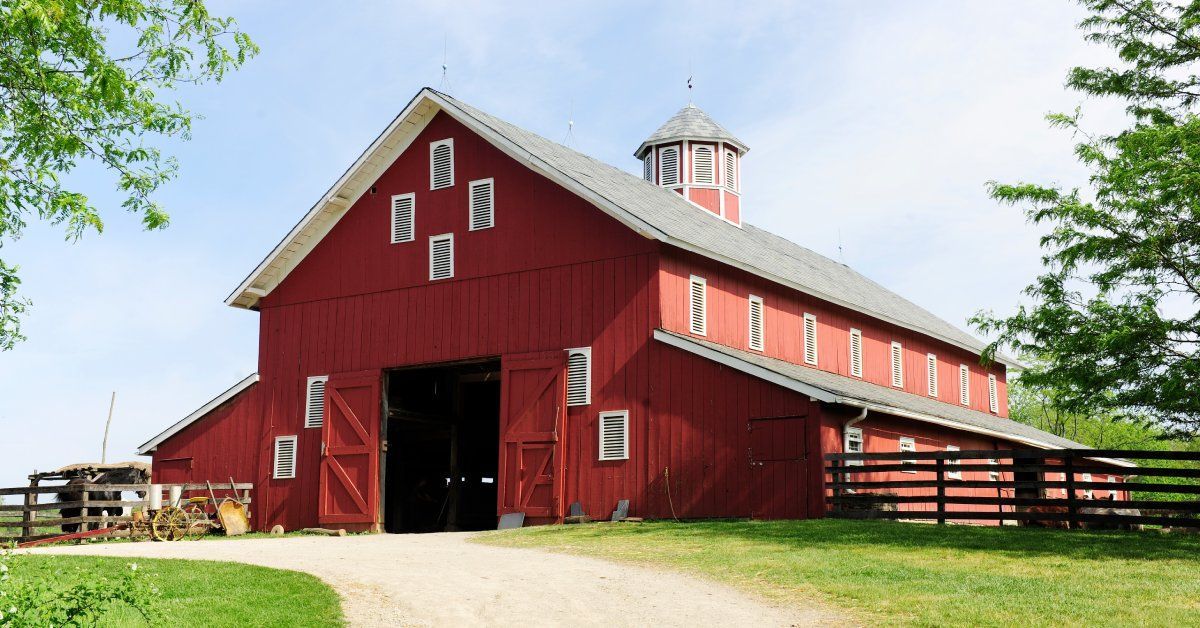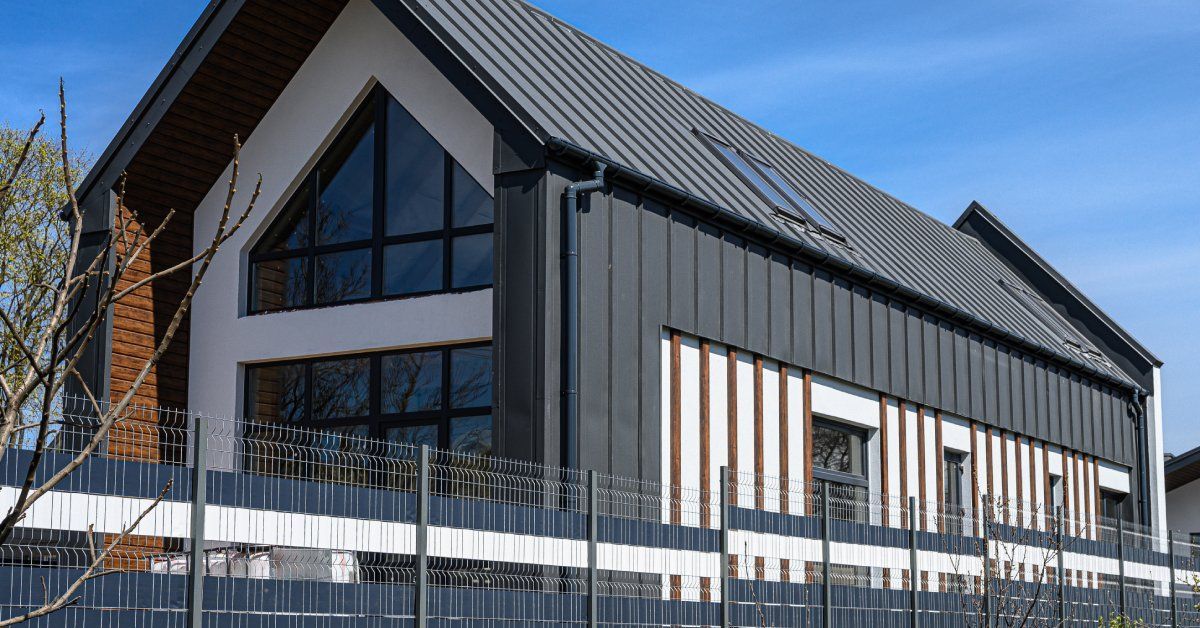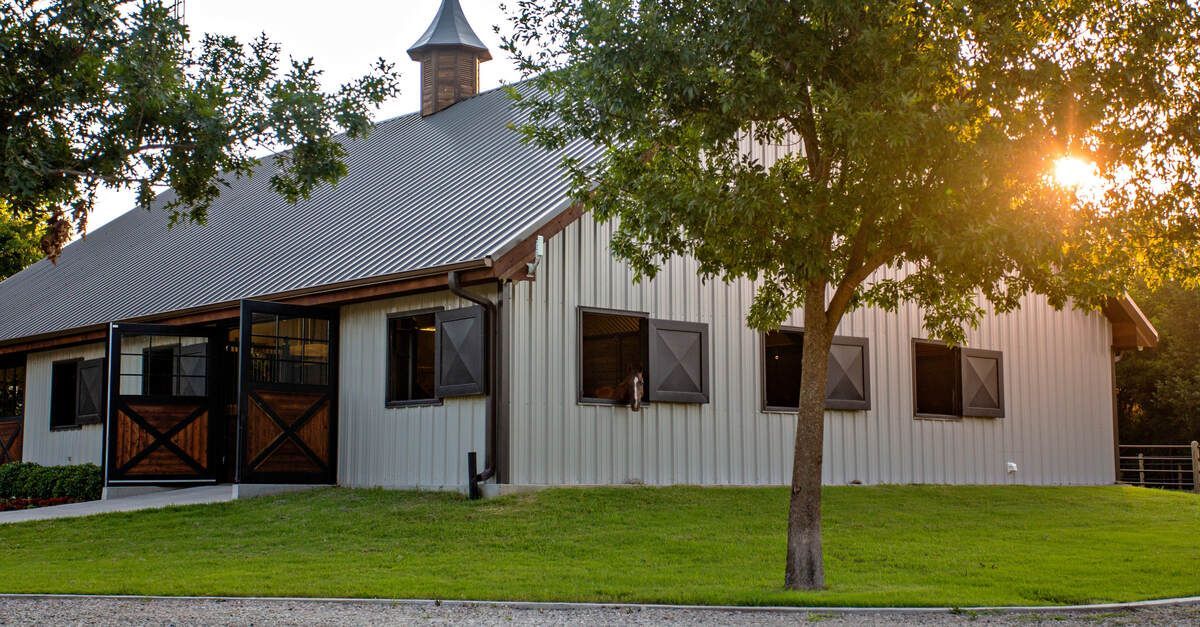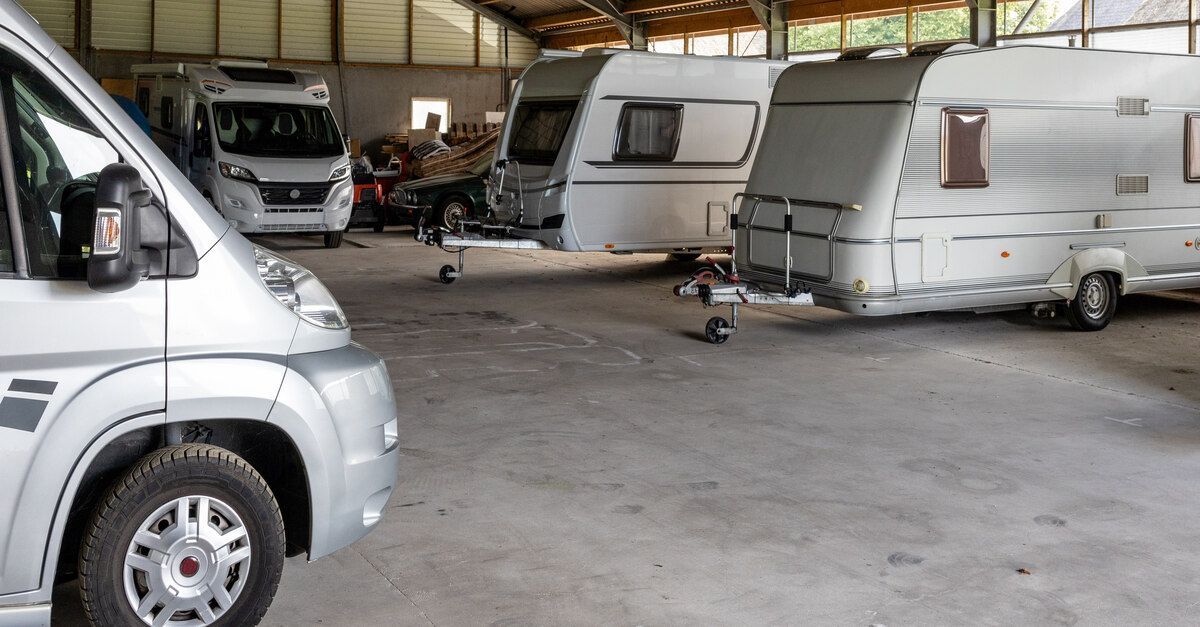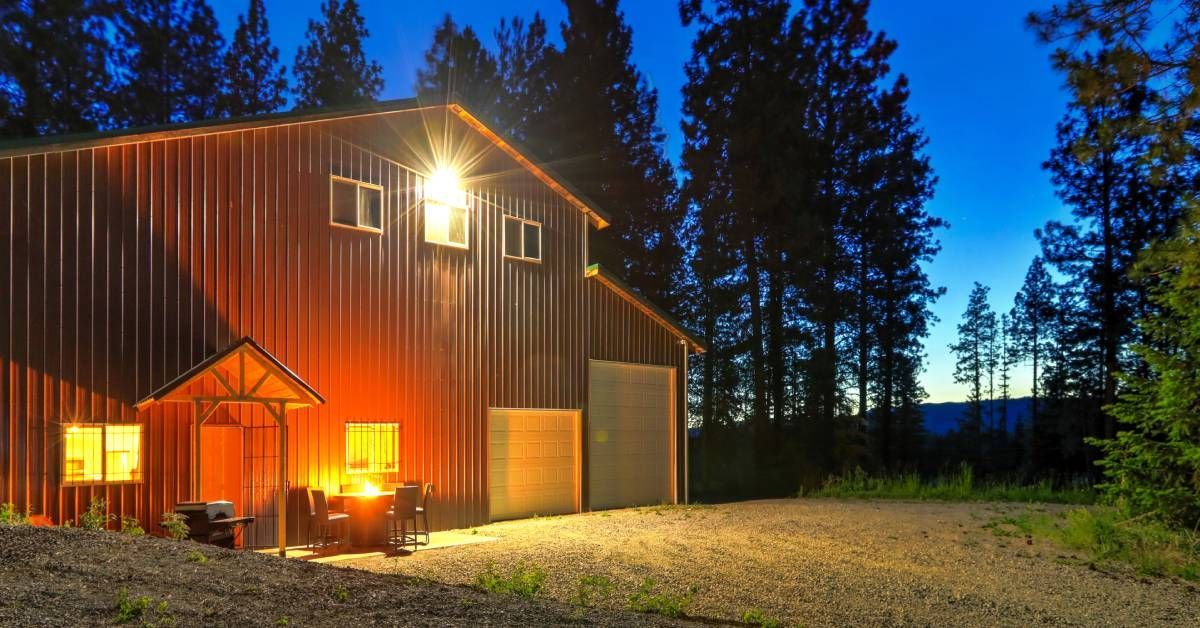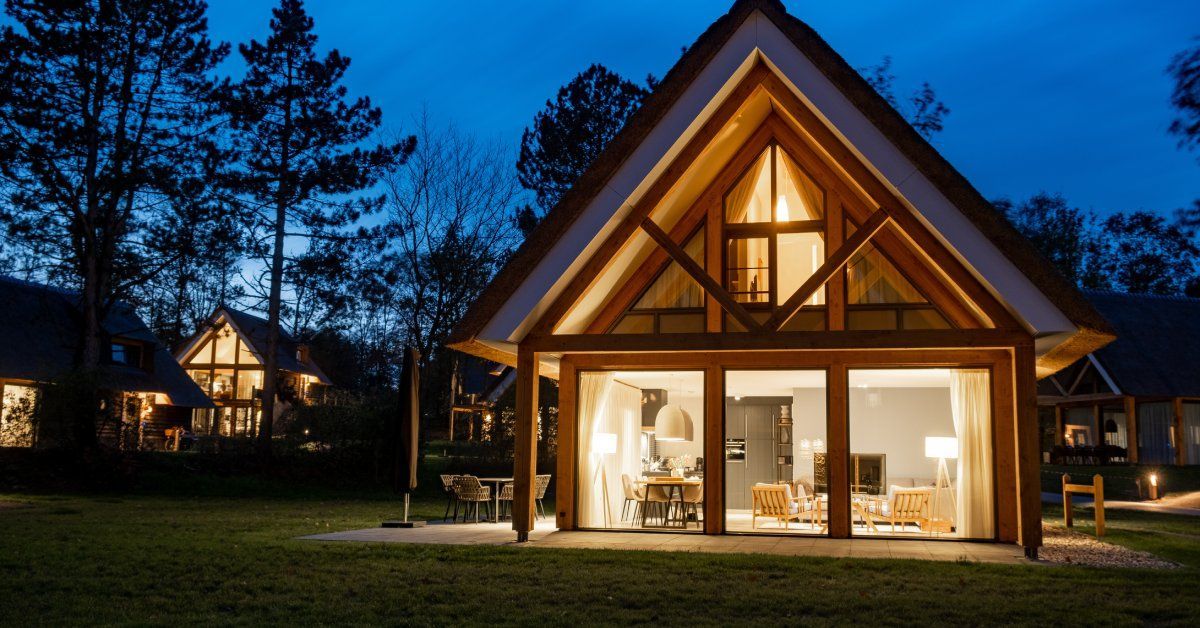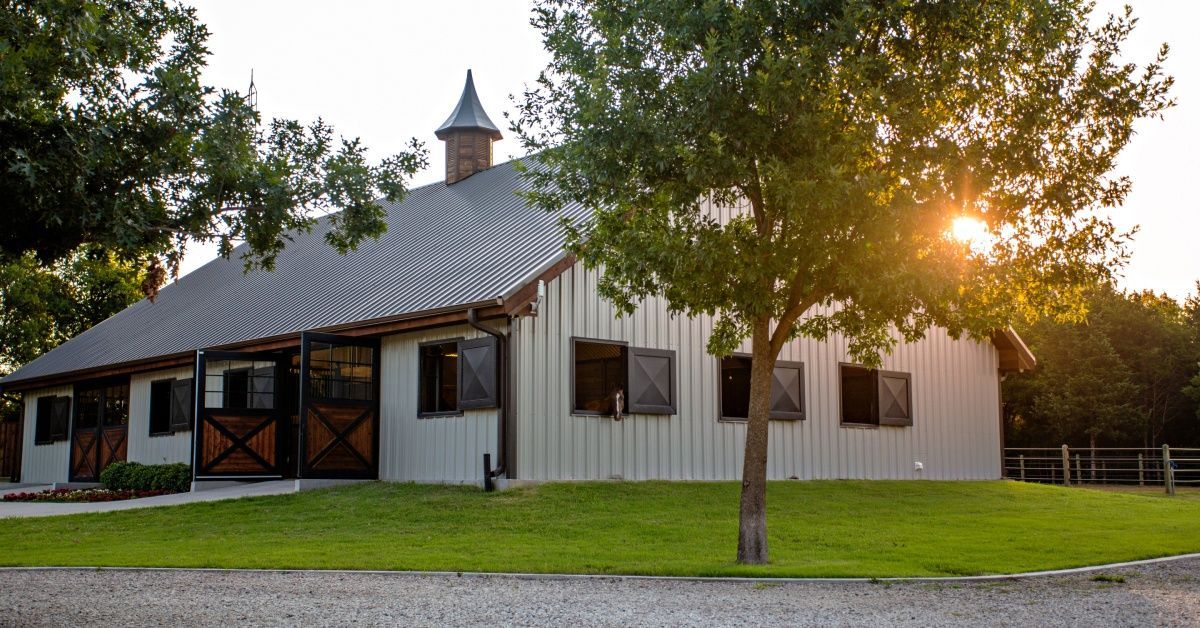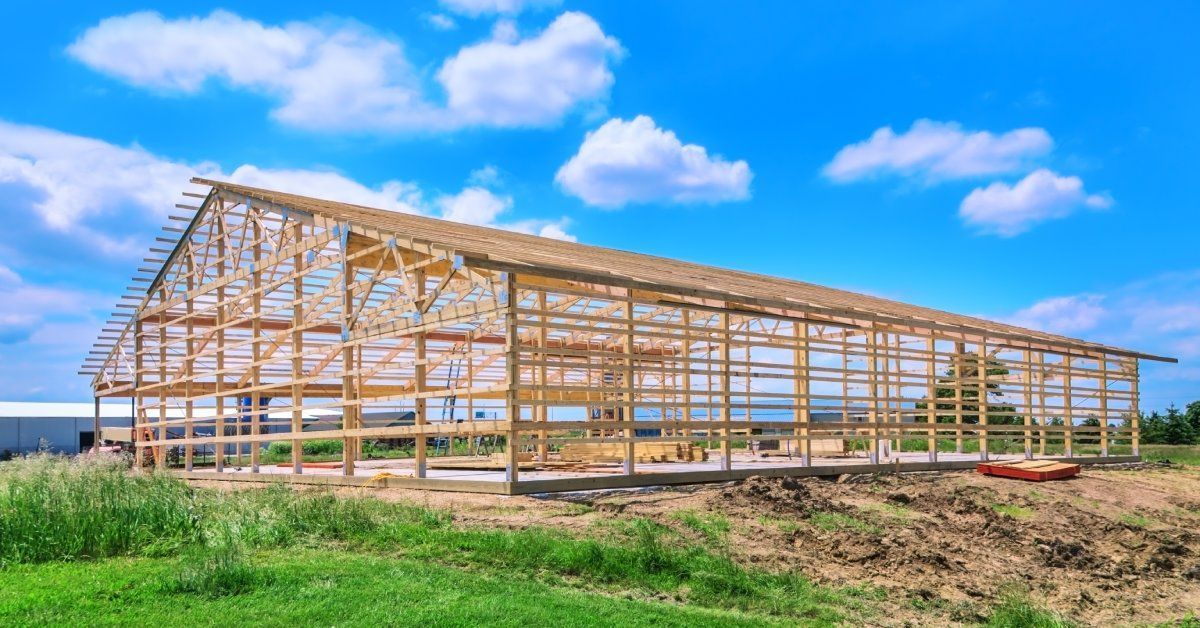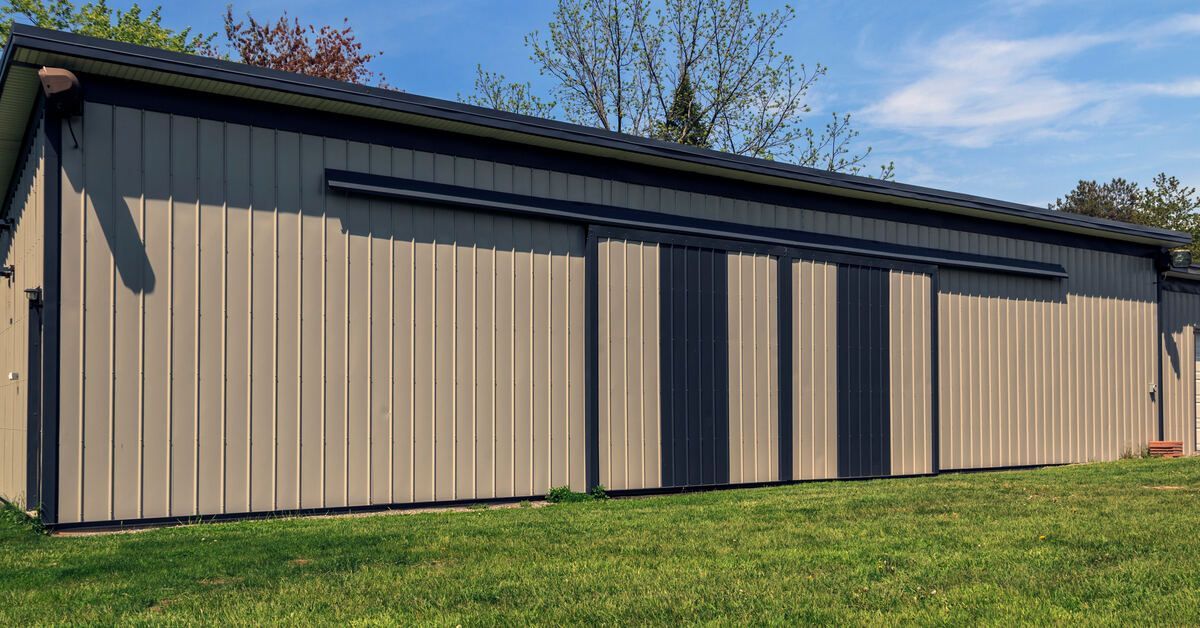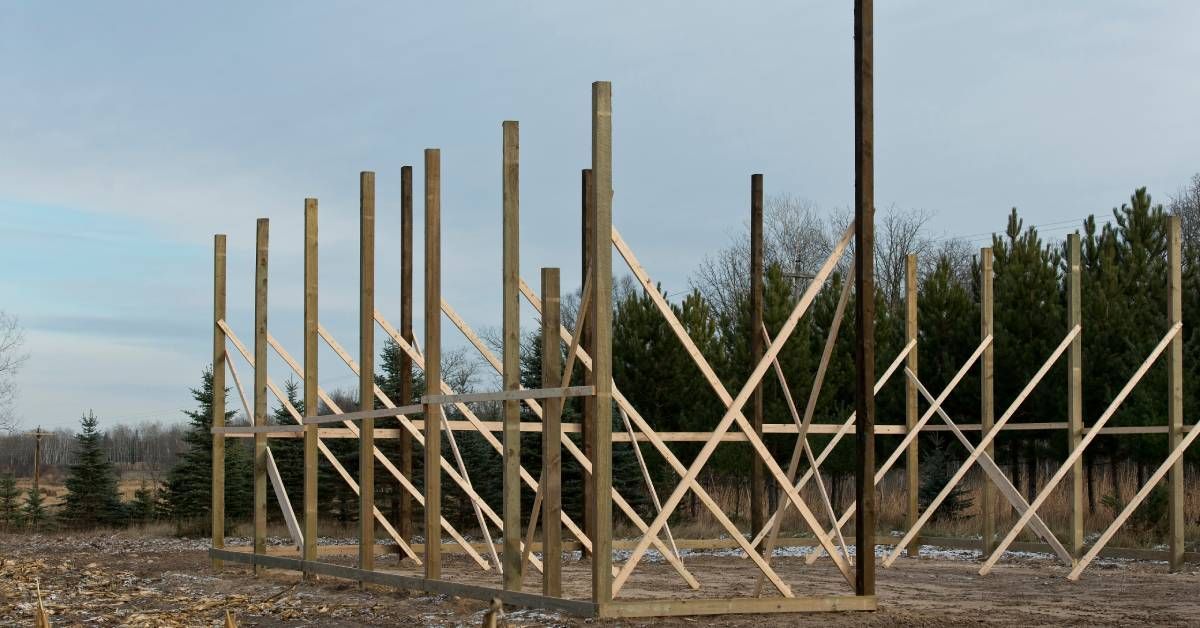Top 5 Sustainable Materials for Your Pole Barn Construction
Sustainability is a defining principle in the way we live, work, and build. If you’re embarking on your next construction project and building a pole barn, incorporating sustainable materials can be cost-effective and offer long-term benefits. Pole barns are versatile and affordable, and they present the perfect opportunity to integrate eco-friendly materials. What makes a material “sustainable?” These materials are renewable, reusable, or require few resources to produce.
Nowadays, pole barns serve a variety of purposes, from housing agricultural equipment to acting as workshops, garages, or event spaces. Their utility has brought attention to their environmental footprint. With construction materials being a significant contributor to carbon emissions, it’s best to choose sustainable alternatives for new construction. Whether you’re planning a backyard storage barn or an event space, opting for eco-friendly materials can elevate your project from functional to future-proof.
Continue reading to learn the top five sustainable materials for your pole barn construction, their unique features, and how each contributes to a greener construction process.
Why Sustainable Materials Are Popular for Pole Barns
The shift toward sustainable construction focuses on efficiency, cost savings, and durability. Many home and business owners know that eco-friendly materials enhance a building’s performance. Sustainable materials can provide benefits, from less heat loss to greater structural longevity, that go beyond reducing the environmental impact of construction.
Building pole barns aligns with sustainable construction principles. Their simple framework requires few resources, and integrating eco-friendly materials reduces environmental impact. This focus on sustainability has opened up opportunities for innovative materials to take center stage.
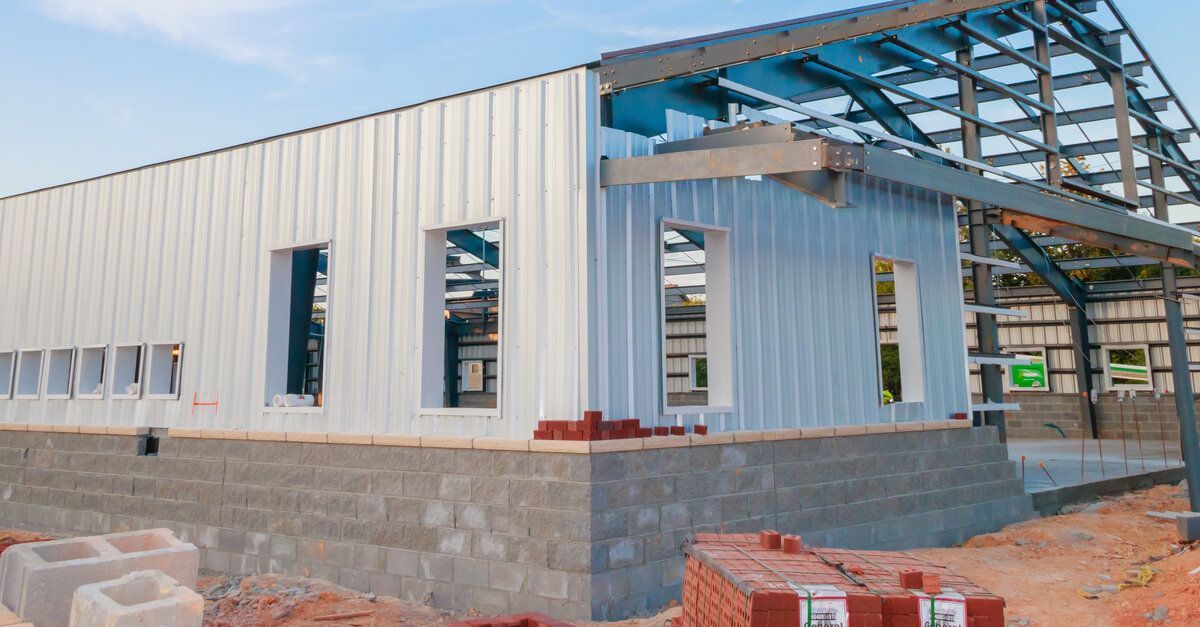
Sustainable Materials for Building Pole Barns
1. Reclaimed Wood
Wood has long been a favorite material in construction due to its strength, availability, and aesthetic appeal. However, harvesting new timber can contribute to deforestation and ecosystem disruption. Reclaimed wood is a sustainable alternative that offers the same structural integrity as new wood but without the environmental cost. Sourced from old barns, warehouses, or decommissioned furniture, reclaimed wood can give your pole barn a rustic charm while reducing waste. Its weathered texture adds character to buildings, making it a great aesthetic choice.
Using reclaimed wood means cutting down fewer trees and using less energy to process freshly cut timber. It’s a win-win for your project and the planet! Additionally, many reclamation companies carefully treat and prepare the wood so that it’s free of pests and ready for long-term use.
2. Recycled Steel
Steel is a go-to material for pole barns due to its durability and load-bearing capacity. Recycled steel takes on a whole new level of sustainability. Manufacturers create recycled steel by melting down old steel products and turning the material into new forms. Remarkably, steel is one of the most recyclable materials in the world, and the recycling process requires significantly less energy than producing new steel.
Recycled steel resists the elements, making it an excellent choice for pole barn siding or roofing. It’s also durable, so you won’t need to replace it often. This lowers the lifetime environmental footprint of the building.
3. Bamboo
Bamboo is a renewable resource like no other. Known for its rapid growth—certain species can grow several feet in a single day—bamboo is a sustainable wonder in construction. Though not as commonly associated with pole barn structures in some regions, bamboo is versatile and strong.
Treated bamboo can rival wood in many applications, including beams and paneling. Its lightweight yet sturdy nature makes it a suitable structural material. Beyond its functionality, bamboo imbues pole barns with a unique, contemporary look that blends well with the surrounding environment. Additionally, it’s biodegradable, which aligns with eco-conscious building goals.
4. Engineered Wood Products
Engineered wood, such as cross-laminated timber (CLT) and laminated veneer lumber (LVL), consists of layers of wood bonded together with adhesives. This technology makes great use of small and sometimes low-quality wood pieces, reducing waste while delivering exceptional structural strength. Engineered wood may exhibit better consistency and resistance to warping than raw timber.
These products are ideal for pole barn beams and columns, offering the warmth and aesthetics of wood with added stability. What makes engineered wood even more sustainable is that it may consist of wood from small trees, including fast-growing species, such as softwoods.
5. Sheep Wool Insulation
Insulation is crucial for regulating the indoor temperature of pole barns, especially if you plan to use the space for working, storing equipment, or hosting events. Traditional insulation materials, such as fiberglass and foam, are often laden with chemicals and require energy-intensive manufacturing. Sheep wool insulation, by contrast, is a natural alternative that provides all the benefits of conventional insulation while being completely biodegradable and renewable.
Wool is an excellent insulator; it retains heat and keeps spaces cool. The natural fibers are moisture-resistant, which prevents mold growth—a common concern with other insulation materials. By choosing wool, you’re opting for an effective and environmentally responsible material.
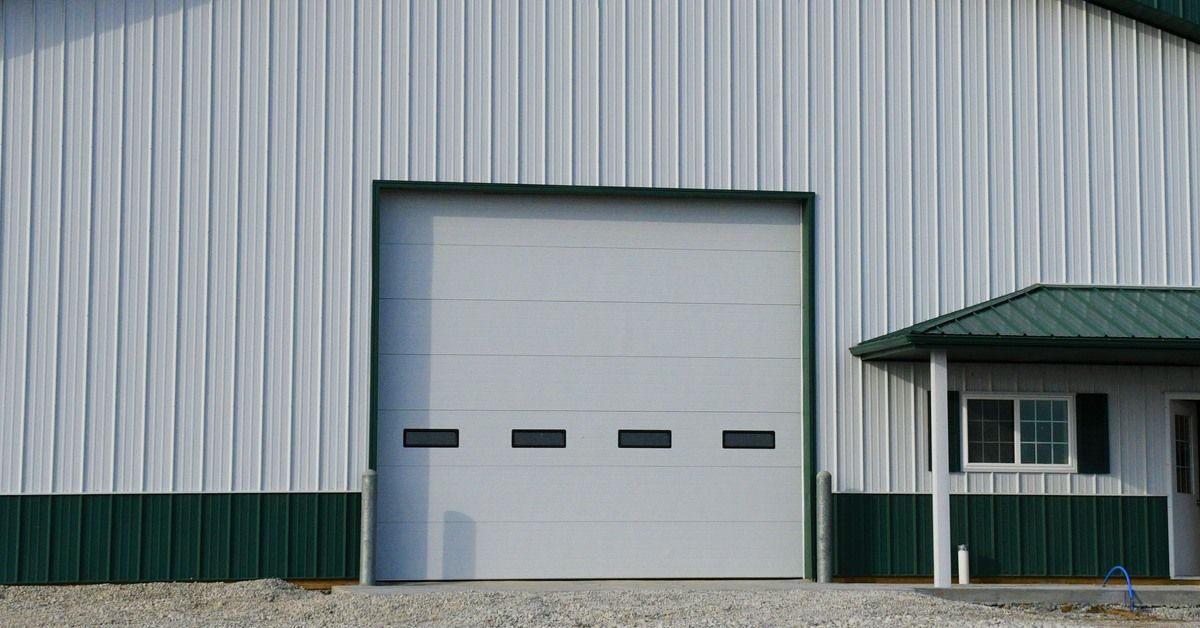
Tips for Sourcing and Using Sustainable Materials
While sustainable materials offer immense benefits, finding and incorporating them into your pole barn project may require some effort. Start by seeking suppliers who specialize in eco-friendly products or are certified for sustainable practices. Ask questions about material sourcing and production processes to ensure they align with your sustainability goals.
When planning your barn’s design, consider how each material can maximize efficiency. For example, use bamboo for lightweight elements and reclaimed wood for visual accents. Recycled steel might be best for weather-resistant roofing or support structures, while sheep wool insulation supports climate control.
Buy only what you need to minimize waste. You can often return extra materials or donate to organizations that repurpose them. With these simple steps, you’ll reduce your environmental impact and create a meaningful connection to your building project.
Build a Sustainable Future
Constructing a pole barn with sustainable materials is an investment in the future. From reclaimed wood to sheep wool insulation, these sustainable materials for your pole barn construction provide durability, cost savings, and a positive environmental impact. By making informed choices, you can create a beautiful, functional structure that supports your needs and the planet.
If you’re ready to create a functional, durable, and sustainable pole barn, CKR Pole Buildings & Barns can help. We specialize in all types of pole buildings in KY and always deliver exceptional customer service throughout the building process. Contact us today to learn about the materials we use and start designing the pole barn of your dreams.

